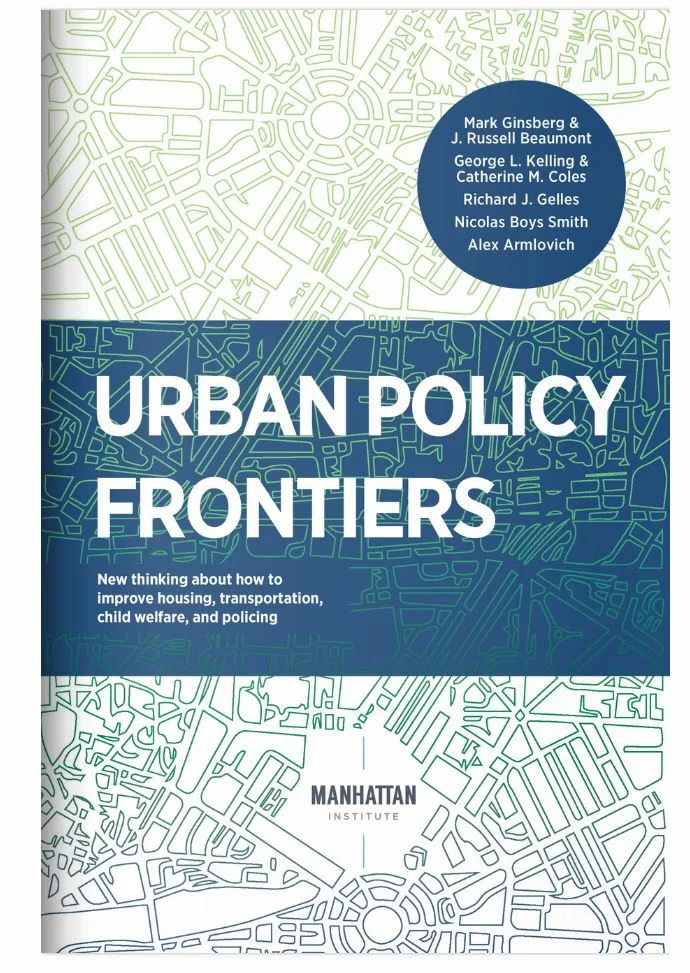SMALL IS BEAUTIFUL
Micro-units can help make NYC housing affordable
New York State is ranked as the fourth-least-affordable rental housing market, and New York City is ranked as having the most expensive cost of living in the US.
Measures need to be taken throughout the US to increase the housing stock, ensure that housing is affordable, and increase the variety of housing options that are available to better accommodate shifting demographics. This paper argues that these goals can be achieved in New York City by strategic changes to zoning, density, and building-code requirements to allow for smaller units, shared units, and other alternative housing arrangements.
Published as an part of the Urban Policy Frontiers by the Manhattan institute, full text available here.
PREPARE TODAY FOR ADOPTING
PASSIVE HOUSE TOMORROW
The City of New York has a binding goal of 80% carbon reduction from 2005 levels by 2050. Because buildings consume 75% of energy used in New York City, creating more energy-efficient buildings will be essential for meeting this goal.
Mayor de Blasio has pointed to the Passive House (PH) standard as one of the few building energy standards capable of delivering the results to meet carbon reduction goals. PH also creates resiliency by creating buildings that are less dependent on heating and cooling systems to maintain suitable indoor temperatures. While PH or an equivalent will likely be incorporated into the City's building codes, making this transition happen smoothly requires planning.


